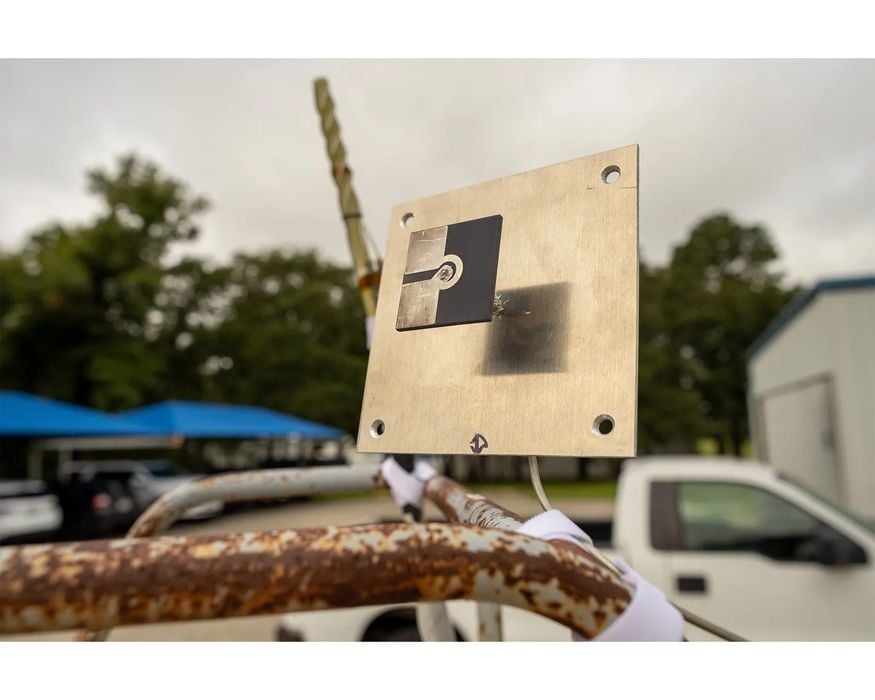
Fortify helped NASA 3D print an inexpensive antenna for space applications.
NASA is interested in lowering the costs of its projects, and this experiment could demonstrate one way to do so. NASA expects to perform an “increasing number of science and exploration missions”, so this could be significant.
They chose to work with Fortify, a 3D printing company we’ve written about previously. Their unique capability is “Fluxprint”. This is a tunable magnetic system that can control the alignment of composite material in a print as it proceeds. This enables them to completely control the nature of each layer, even able to produce gradients. In the RF world, this allows them to print highly complex antenna structures.
That’s what NASA was interested in testing in its antenna experiment. They explain:
“Once NASA acquired the printer, this technology enabled the team to design and print an antenna for the balloon in a matter of hours. Teams printed the conductive part of the antenna with one of several different conductive ink printers used during the experiment.”
The resulting antenna was first tested in a special anechoic chamber that eliminates radio noise, and subsequently in a weather balloon’s communication system at 100,000ft. They compared the communications using both the new 3D printed antenna and a conventional antenna.
It’s possible NASA may make further use of Fortify technology as a result of this experiment.
